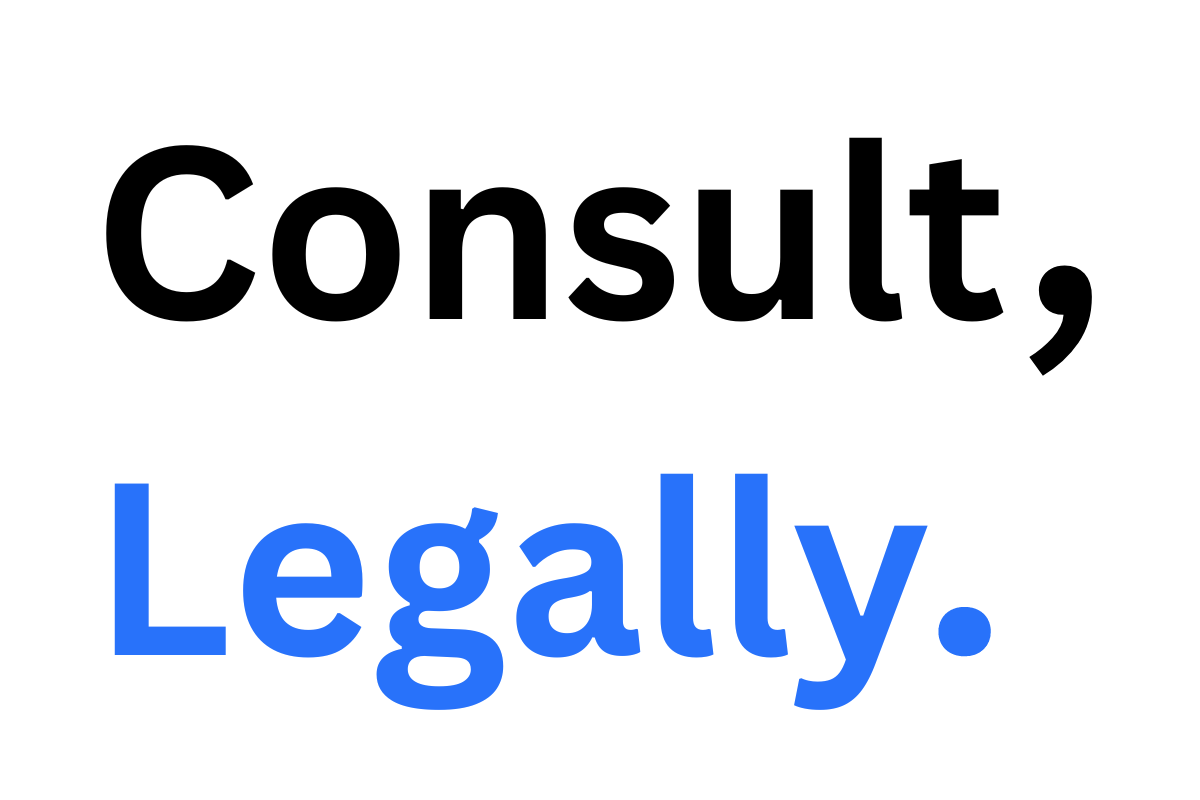If you’re a property owner or considering purchasing land, you may have come across terms like “easements” or “covenants” in property contracts and legal discussions. One of the terms that can be a bit tricky to understand is “equitable servitude.” It sounds complicated, but once you break it down, you’ll realize it’s actually quite simple and can play a key role in how land can be used and what restrictions can apply.
In this article, we’ll take a close look at what an equitable servitude is, how it works, and how it could affect you as a landowner. By the end, you’ll have a clear understanding of what equitable servitudes are, how they are created, and what legal protections or limitations they might impose on land use. Let’s dive in!
What is an Equitable Servitude?
At its core, an equitable servitude is a type of legal restriction that a property owner (the “promisor”) agrees to impose on their property to benefit another property owner (the “promisee”). This restriction typically limits how the property can be used. For example, a property owner may promise not to build a structure taller than a certain height on their land to protect the view of their neighbor’s property.
An equitable servitude works similarly to a covenant but with some important differences. Most importantly, while a covenant typically involves promises that bind parties to certain actions or restrictions, an equitable servitude specifically focuses on enforcing restrictions on property use. You could think of it as a tool to ensure that your property is used in a way that benefits or doesn’t harm others.
What makes an equitable servitude unique is that it can be enforced even after the original property owner sells or transfers their land. This is where it differs from many other agreements in real estate, which typically end when ownership changes hands. If you create an equitable servitude, even your successor will be bound by the same terms, as long as certain conditions are met.
How is an Equitable Servitude Created?
Equitable servitudes are not something you can create on the fly. Like many other real property agreements, they need to be formalized through a written agreement. This could be part of a deed, a lease, or a contract. For example, if you are selling your property and want to make sure the new owner adheres to certain restrictions, you might include an equitable servitude in the sale contract or deed.
There are a few key things you need to keep in mind when creating an equitable servitude:
- Writing Requirement: An equitable servitude must be written down. This means it can’t just be an oral promise between parties. For the servitude to be valid, it needs to be part of a deed, lease, or contract.
- Notice: For the servitude to be enforceable, the person who will be bound by it must have notice of the restriction. This could mean that the buyer of a property must be made aware of any servitudes on the land before the purchase is complete. Without notice, a servitude may not be enforceable.
- Intent to Bind Future Owners: The agreement creating the servitude must clearly show the intention to bind future owners of the property. If the servitude was not intended to apply to successors, it might not be enforceable in the future.
- Touching and Concerning the Land: The servitude must affect or relate to the land itself. This means it should involve something that impacts the property directly (like how the land is used), rather than being a personal agreement between the parties.
What are the Different Types of Equitable Servitudes?
Equitable servitudes can be divided into two main categories: affirmative and negative.
Affirmative Equitable Servitudes
An affirmative servitude allows the property owner to use the burdened land in a specific way. For example, if you own land next to a farm, the farm owner might grant you an affirmative servitude allowing you to pass through their land to reach your property.
Negative Equitable Servitudes
A negative servitude, on the other hand, restricts the use of the burdened land. A common example of a negative servitude is a restriction on the height of buildings on a property to ensure that the view from another property is not obstructed.
How Do Equitable Servitudes Work?
Once an equitable servitude is established, it can be enforced in court. But for that to happen, certain requirements need to be met:
- Notice: As mentioned earlier, the person bound by the servitude must have notice of it. In many cases, this is ensured by recording the agreement in public records. That way, anyone who is interested in the property can learn about the restrictions before they decide to purchase.
- Touch and Concern: The restriction must have a direct connection to the land. This means that the restriction affects the use or enjoyment of the land in some way. For instance, a restriction on building heights that protects a neighbor’s view would clearly “touch and concern” the land because it directly impacts the neighbor’s enjoyment of their property.
- Enforcement by Injunction: If the terms of the equitable servitude are violated, the courts can step in and enforce the restriction. Typically, enforcement is done through an injunction, which is a court order requiring someone to either stop doing something (like building a structure that violates the servitude) or to take certain actions (like restoring the land to its original condition).
What Happens If the Terms of an Equitable Servitude Are Violated?
If you are the holder of an equitable servitude and someone violates it, you can take legal action to enforce it. However, it’s important to note that the courts generally only enforce equitable servitudes when it’s fair and reasonable to do so. This means that a court will not necessarily enforce a servitude if the circumstances have changed dramatically since it was created.
Some common defenses to enforcement include:
- Changed Conditions: If the area where the land is located has undergone significant changes (such as new development or zoning changes), a court might decide that enforcing the servitude is no longer reasonable. This is often referred to as the “changed conditions” doctrine.
- Laches: If the person seeking enforcement has waited too long to bring a lawsuit, the court may dismiss the case based on “laches,” which means a delay that prejudices the defendant.
- Acquiescence: If the person who benefits from the servitude has allowed the violation to occur for a long period without protest, they might be deemed to have acquiesced or agreed to the violation, which can prevent enforcement.
- Estoppel: If the party seeking enforcement acted in a way that led the violator to believe that the servitude would not be enforced (for example, by allowing the violation to continue for a long time), they may be stopped from enforcing it due to estoppel.
Why Should You Care About Equitable Servitudes?
As a property owner, understanding equitable servitudes is crucial because they can impact how you can use your land and what limitations you might face. If you’re involved in any real estate transactions, especially if you’re buying land or selling it, you should carefully review whether any equitable servitudes exist on the property. These servitudes can affect your property rights and could limit your ability to use your land in certain ways.
Additionally, if you’re developing land or involved in a community association, you might need to create equitable servitudes to ensure that certain restrictions are followed for the benefit of all property owners. For example, if you’re developing a new subdivision, you might impose an equitable servitude requiring homeowners to maintain certain aesthetics or to refrain from making changes that could harm the overall appearance of the neighborhood.
Conclusion
Equitable servitudes are a powerful legal tool for regulating land use. They allow property owners to impose restrictions that benefit others, even after the property changes hands. While they may seem complex at first, understanding the basics of how they work, how they are created, and how they can be enforced will help you navigate property agreements with confidence. Whether you’re buying land, selling it, or developing property, knowing about equitable servitudes can ensure that your rights are protected and your property is used as you intend.

